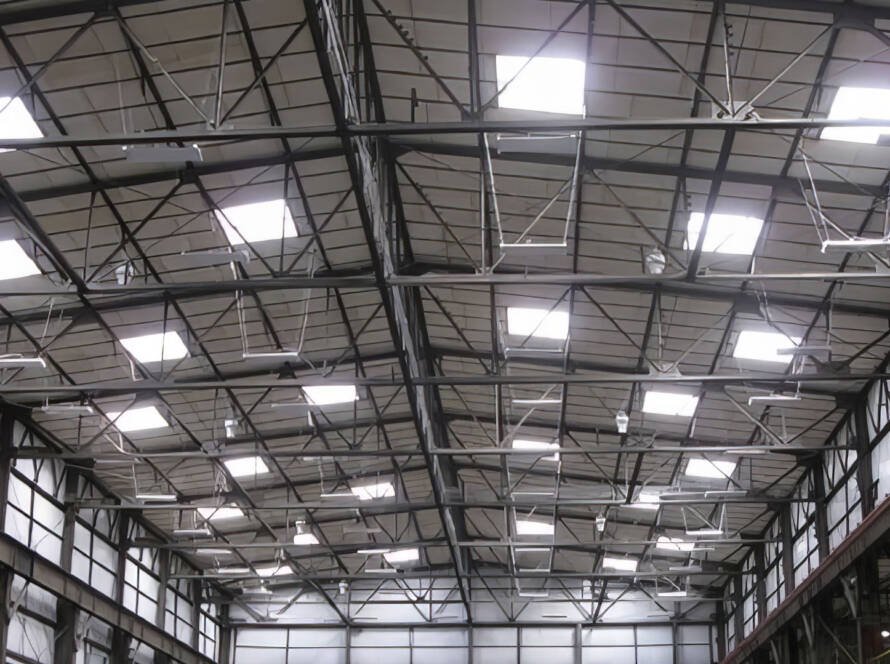As the owner or building manager of a commercial building, managing the cost of utilities and especially HVAC energy use can be a constant challenge. With space heating accounting for 25% of commercial buildings’ energy use, it is a substantial target for energy reduction.
The U.S. Energy Information Administration points out that HVAC usage is said to account for 44% of energy used in commercial buildings.
If your space heating system tends to run constantly in a losing battle to keep the temperature in a specified range at the occupied level, continue reading.
High Supply and Return Vents Work Against Space Heating
In most facilities, both the HVAC supply and return vents are located high in the ceiling. In this arrangement, the warm air being supplied into the space simply collects along the ceiling and goes right back up the return vent to the RTU. While this does a great job of heating the ceiling, it is unfortunately not very effective in heating the space below and satisfying the thermostat, which is typically mounted at floor level. In order to satisfy the thermostat, the heating system must work to greatly overheat the upper reaches of the space in order to drive heat down to the thermostat level.
This process of having to constantly heat the air only to short cycle through the return may be one of the biggest reasons your HVAC costs are higher than you would like them to be. Even a small reduction in usage can amount to substantial savings.
Understanding the Problem from a Technical Point of View
There is a natural phenomenon called stratification, or a temperature gradient, that results when there is not enough air moving inside a building. Conditioned air, generated by a heating system, and solar gain, caused by the sun beating down on a building’s roof and windows, rise and collect near the ceiling.
On the other hand, cold air that has infiltrated from the outside falls to the floor, so the natural outcome is the ambient temperature in the ceiling is higher than the temperature at floor level. In most high ceiling buildings, the difference can be very substantial.
“If the heating system’s thermostat is set to maintain a comfortable environment at floor level, the temperature at ceiling level will typically be between 0.5 and 1.0 degrees Fahrenheit higher per foot of vertical elevation above the thermostat.”
Ideally, building owners need a “thermal equalization strategy” to balance air temperatures, reduce energy use, and increase comfort.
Thermal Equalization from Airius Offers a Solution to the Problem
An Airius fan system consists of several specially designed fans working in concert to mix and balance the air temperatures in high bay spaces to eliminate overheating from stratification and minimize short cycling.
The fans themselves are designed to throw air vertically from up to 125 feet depending on model. Many of the people who have installed Airius fans report significant savings because their HVAC systems cycle less frequently and reduce short cycling. Independent, third-party tests, have resulted in savings of up to 23.5%.



